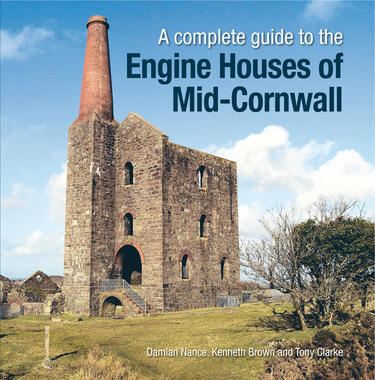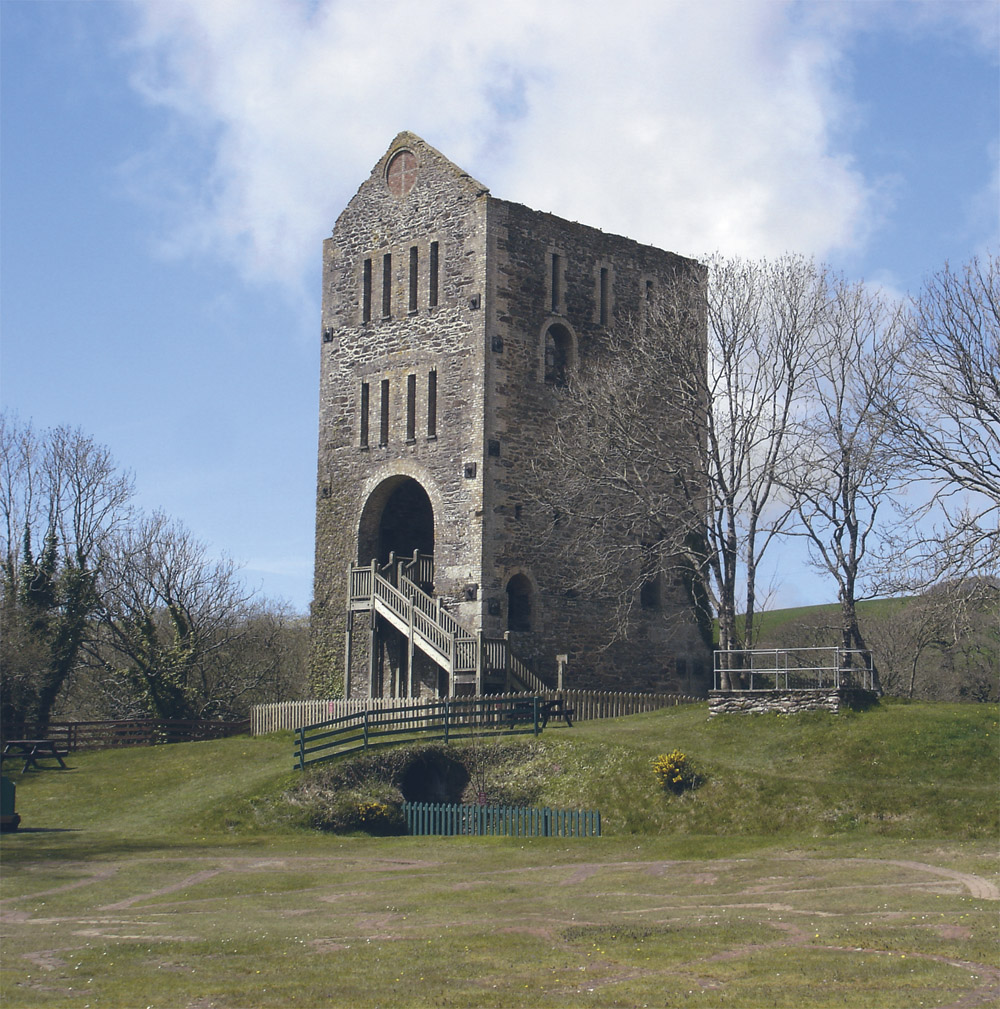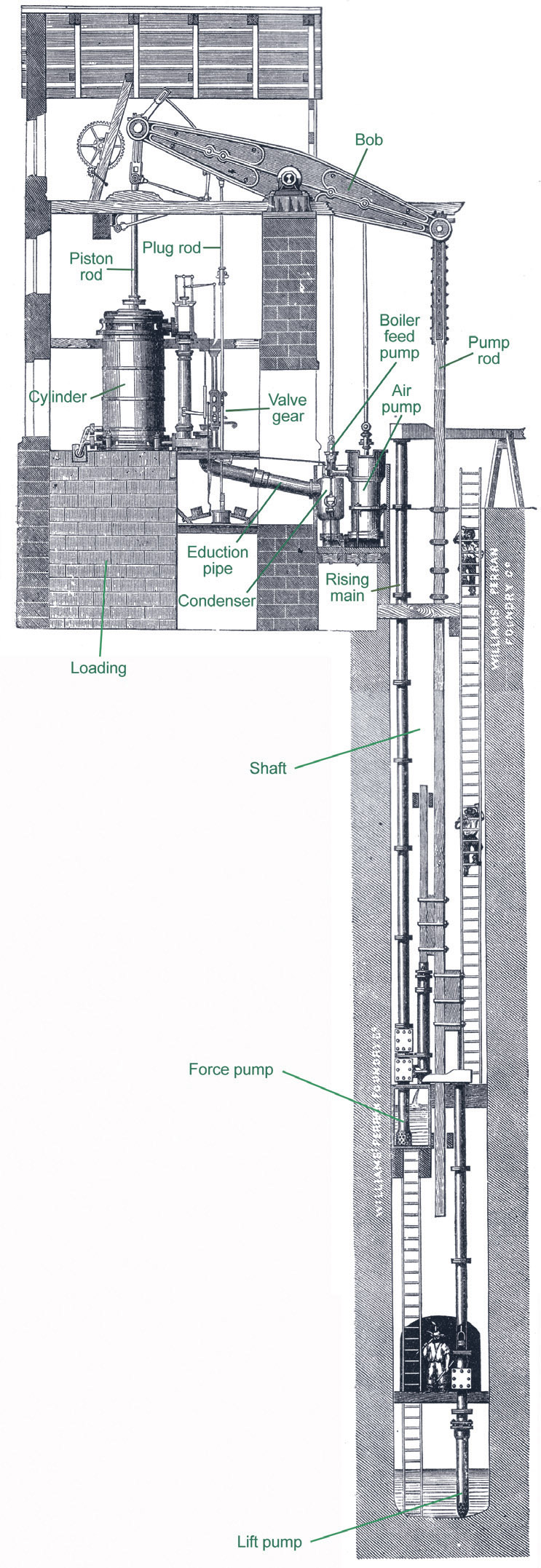A Complete Guide to the Engine Houses of Mid Cornwall

A Complete Guide to the Engine Houses of Mid Cornwall
Damian Nance, Kenneth Brown and Tony Clarke
172 pages. 210x210mm. Printed in full colour throughout on gloss art paper, perfect bound with laminated card covers.
ISBN13 : 9781911038610
£18.00
Damian Nance, Kenneth Brown and Tony Clarke
172 pages. 210x210mm. Printed in full colour throughout on gloss art paper, perfect bound with laminated card covers.
ISBN13 : 9781911038610
£18.00
NOWHERE in the world has metal mining been of greater importance than it has in Cornwall, and it is in recognition of this extraordinary heritage and the global influence of the pioneering technology developed here that the county’s mining landscape was named a UNESCO World Heritage Site in 2006 on a par with the Pyramids of Giza and the Great Wall of China. During the 19th century, Cornwall produced most of the world’s copper and tin, as well as significant amounts of lead, silver, arsenic, tungsten, zinc, iron and uranium. What made this unparalleled productivity possible was the development, pioneered by Cornishman Richard Trevithick, of the Cornish beam engine, a reciprocating steam engine capable of driving pumps that could keep the ever deepening mines free of water. Although few of these great engines survive, many of the buildings in which they were housed remain to this day, forming characteristic features of the Cornish landscape that have come to symbolize the county’s rich mining heritage and now stand as silent monuments to the mining history for which the county was once justly famous. This book introduces these remarkable engine houses by providing an illustrated guide to those in Mid-Cornwall using contemporary and archival photographs supplemented with brief descriptions of the engines the buildings once contained, simple interpretations of some of their key features, and short histories of the mines of which they were part. It is not an exhaustive treatment, nor is meant solely for the enthusiast, but rather, it provides an overview intended for all those interested in these historically important structures. Together the authors bring over a century and a half of expertise to this fascinating guide. Damian Nance is a St. Ives born geologist with a lifelong interest and knowledge of engine houses, the late Kenneth Brown was a leading expert on Cornish mining history and co-author of the highly popular “Exploring Cornish Mines” series, and Tony Clarke is an authority on Cornish mineral processing and has spent a lifetime recording Cornish mine sites and researching their histories from his home in Camborne.


A Complete Guide to the Engine Houses of Mid Cornwall - Sample Images

The imposing 100-inch pumping engine house at East Wheal Rose (see page 34), the largest engine house in Cornwall. Built by Harvey and Co. for Great Wheal Vor in 1853 and sold to Great Hendre Mine in Flintshire in 1865, the engine was reerected at East Wheal Rose in 1882, where it worked only briefly from 1884 until the mine closed in 1885. In 1888, it was sold to the Whicham Mining Co. in Cumbria (2013).

General arrangement of a Cornish pumping engine and engine shaft from the 1870 catalogue of the Williams’ Perran Foundry. The power stroke of the beam engine lifts the pump rod in the shaft, which is then allowed to fall under its own weight. As it does so, it operates pumps that force the water toward the surface in a series of stages or lifts up a cast-iron pipe known as the rising main.
